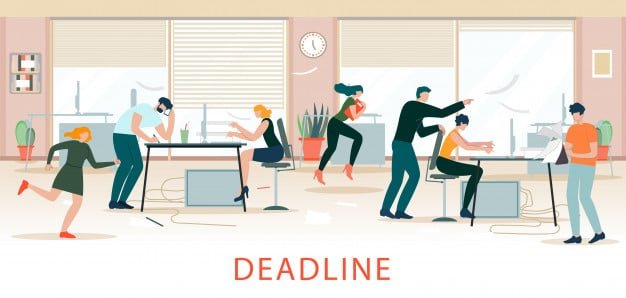Dropshipping Scam
What is Dropshipping?
Dropshipping is a retail fulfillment where a seller purchases inventory to fulfill their orders as they make sales from a third-party wholesaler, manufacturer, or in some case could be another retailer.
A buyer places an order with a merchant, but another company—a manufacturer, retailer, or wholesaler—ships the buyer product. The merchant takes their cut and never has to handle the inventory. A merchant that uses dropshipping is basically a middleman.
Anyone can start a dropshipping business. Instead, when a store sells merchandise using the dropshipping model, they purchase the item from a third party and ship it directly to the consumer. As a result, the seller doesn’t have to handle the product, making this ideal for small startup web stores.
The most significant difference between dropshipping and the standard retail stores is that the seller doesn’t own stock or inventory. Instead, the seller purchases inventory as needed from a third party—usually a wholesaler or manufacturer—to fulfill orders. Dropshipping saves a startup a lot of time and cost on boxing, and the labor goes with a shipping department’s expense, and much more, letting the startup control more of their profit.
The Amazon / eBay Dropshipping
Buying your items on eBay and received the order in an Amazon-branded box is not uncommon these days. Right now, thousands of sellers are selling Amazon products on eBay at inflated prices. This practice is called Amazon / eBay dropshipping.
Dropshipping is allowed on eBay. However, you must fulfill your orders directly from a legit wholesale supplier. Dropshipping from Amazon or any other marketplace is prohibited. But scammers will often pose as buyers and use consumer protection measures to help them defraud honest sellers. Amazon always favors the buyer 99% of the time and can turn into a lengthy battle to get your money back if you finally win. To combat these dropshipping scams is an uphill battle and may cost you more than it worth
What is Dropshipping Fraud?
Dropshipping fraud has three individuals playing a role in the processes: a fraudulent seller, an unsuspecting buyer, and a marketplace seller. A fraudulent seller receives an order from an unsuspecting buyer who places the order with an increased price and accepts the order’s payment. Then passes the order off to an actual legitimate marketplace seller using a payment method or a stolen credit card for payment.
When an eBay order is received, the dropshipper purchases the same product on Amazon and delivers it to the eBay customer, and pockets the difference. Now, ordinarily, this practice doesn’t hurt the Amazon seller. Drop shippers have been selling Amazon products for years on eBay. Now, there is a series of scams aimed at this method.
How Does Dropshipping Scam Works?
Fraudulent drop shipper sellers are buying Amazon products, shipping them to eBay customers, the buyer insistent they did not receive the merchandise, and then filing bogus A-to-z Guarantee Claims. Because Amazon will favor the buyer, the scammer gets refunded and keeps the money from the eBay sale.
Meanwhile, the Amazon seller loses out on both the Amazon FBA fee and its cost. The false claims against the product harshly damage the seller’s reputation, resulting in suspensions in some cases.
Another form of dropshipping fraud involves stolen credit cards and a drop shipper willing to buy Amazon products to fulfill an eBay order with them. Even though eventually the credit card owner discovers the fraudulent charge, it’s often too late.
The order is delivered, the drop shipper has the cash, and the seller loses money on the products.
.







